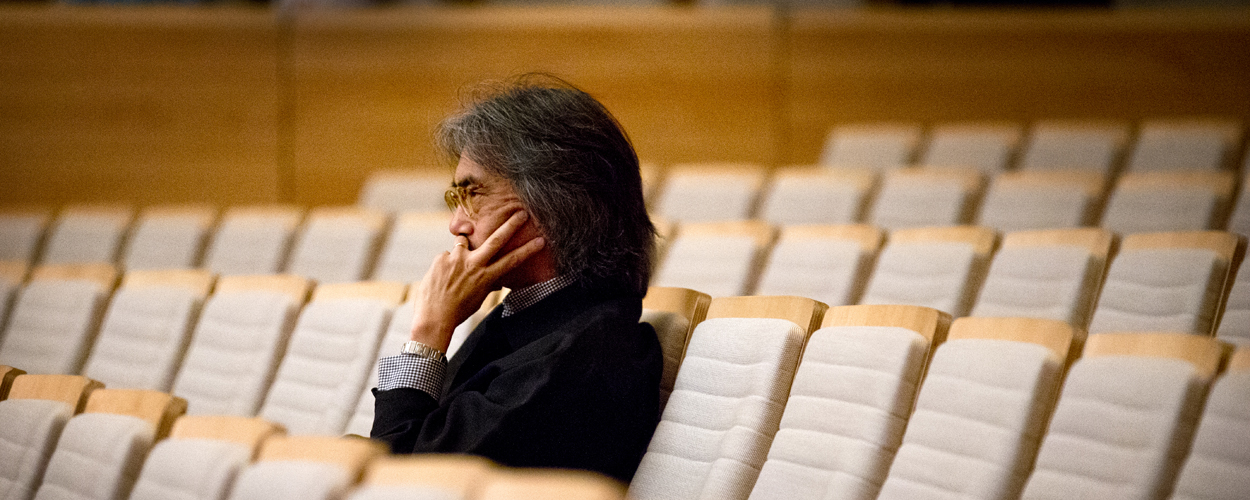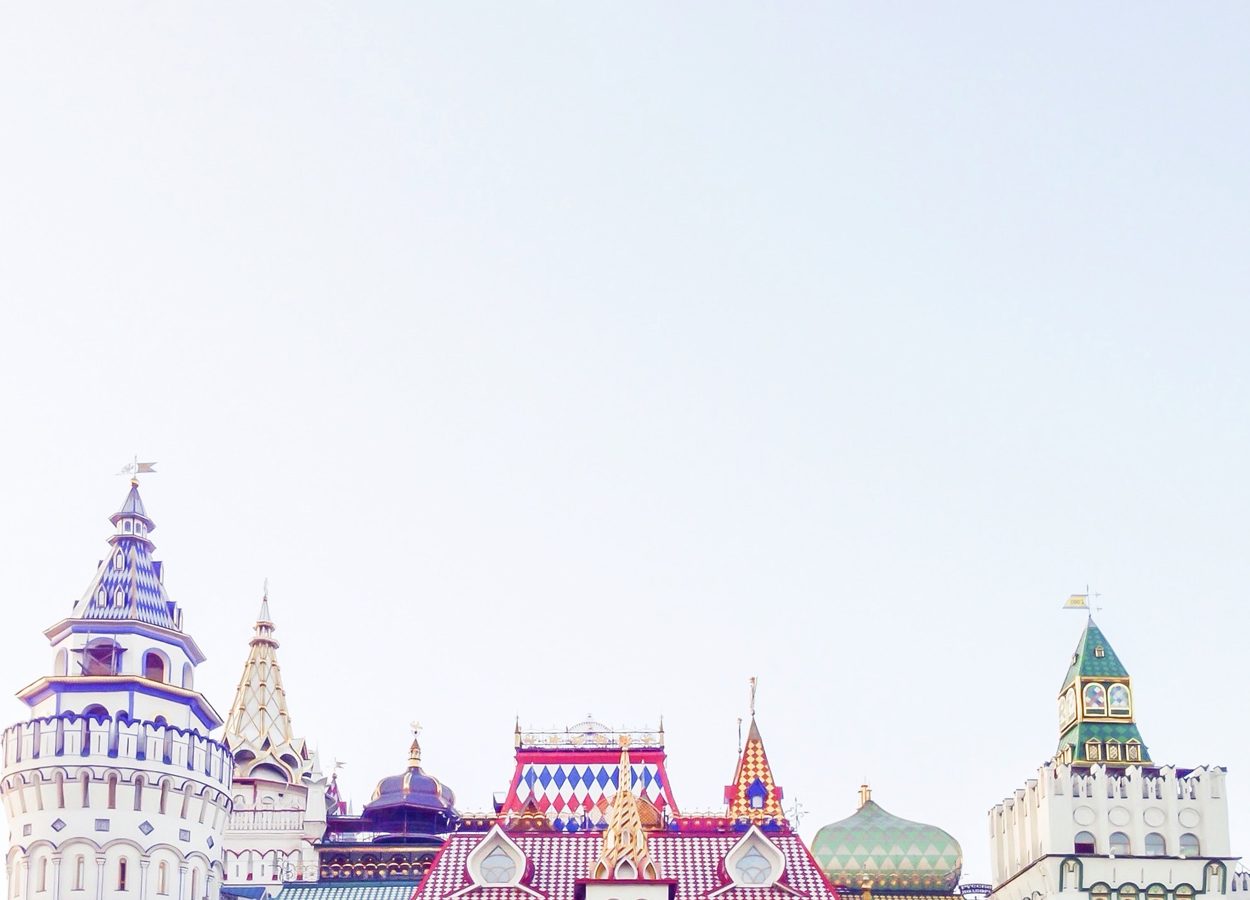In early November, the OSM will be performing an unusually daring program of striking musical contrasts. Kent Nagano will bring together two very different composers: the Russian Rachmaninoff and the American John Adams.

Barely 50 years separate the works to be performed at the Kent Nagano Conducts Rachmaninoff and Adams concert. Rachmaninoff composed his Rhapsody on a Theme of Paganini, op. 43 in 1934. John Adams’ compositions, Common Tones in Simple Time and Harmonielehre were written in 1979 and 1985 respectively.
And yet, the experience is quite a leap between two eras.
Although it was composed in the 1930s, Rachmaninoff’s work evokes neither the Great Depression nor the approach of World War II. It is instead evocative of late 19th century Tsarist Russian Romanticism. Following his exile to the United States immediately after the Russian Revolution of 1917, Rachmaninoff had very little time to devote himself to composition. To support his family, the virtuoso pianist embarked on a demanding concert and touring schedule.

It took several years for him to find his compositional touch again. His inspiration returned during his summers in Switzerland, spent in a wooden villa that reminded him of the family estate of his youth in Russia. His first composition after emigrating did not embrace any of the latest trends in music. He turned instead to the classics, more specifically Paganini’s famous 24th Caprice for Solo Violin, which he adapted for the piano. Even though the structure of the composition was largely that of a piano concerto, Rachmaninoff called it Rhapsody on a Theme of Paganini.
The virtuosity demanded by the work was matched only by its charm. Rhapsody on a Theme of Paganini was an immediate hit with audiences. The 18th variation, in which Rachmaninoff reversed the order of Paganini’s notes, can be found in many classical music anthologies. It can also be heard in various movies, including Groundhog Day.

Symphonic minimalism
American composer John Adams, on the other hand, is clearly a man of his time. Following the international success of his opera Nixon in China, his compositions have often been based on major events and tragedies of our own age – from the creation of the atomic bomb to the 9/11 attacks.
When he was young, Adams was intrigued by the minimalist and repetitive music that began to emerge in the United States during the 1960s. His first orchestral composition, Common Tones in Simple Time, is one of the first to combine minimalism with the rich sound of an orchestra. Adams does so very gradually – by slowly introducing new harmonies until a wide range of extremely high and extremely low notes make their way into the composition. These deep bass notes will be performed on the OSM’s famous octobass.
John Adams brings symphonic enrichment to contemporary minimalist music. This is particularly striking in Harmonielehre, the title of which is actually a reference to the combination of harmony and minimalism. In three very different movements, Adams takes us from the rapid repetition of a single note to a post-Romantic flight of fancy that is full of colour and emotion.
The depth of Harmonielehre inspired an immersive musical film that is being presented from October 17 to 27 at the Society for Arts and Technology (SAT).
The Kent Nagano Conducts Rachmaninoff and Adams concert will be performed at Maison symphonique de Montréal on Wednesday, November 1, Thursday, November 2 and Saturday, November 4, at 8:00 pm. Russian pianist Alexei Volodin, who has previously recorded various Rachmaninoff compositions, will be the soloist. As a tribute to John Adams’ 70th birthday, the concert will be recorded for an album to be released on the Decca label.



